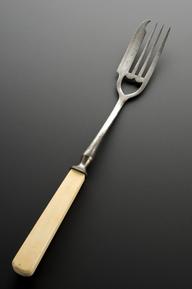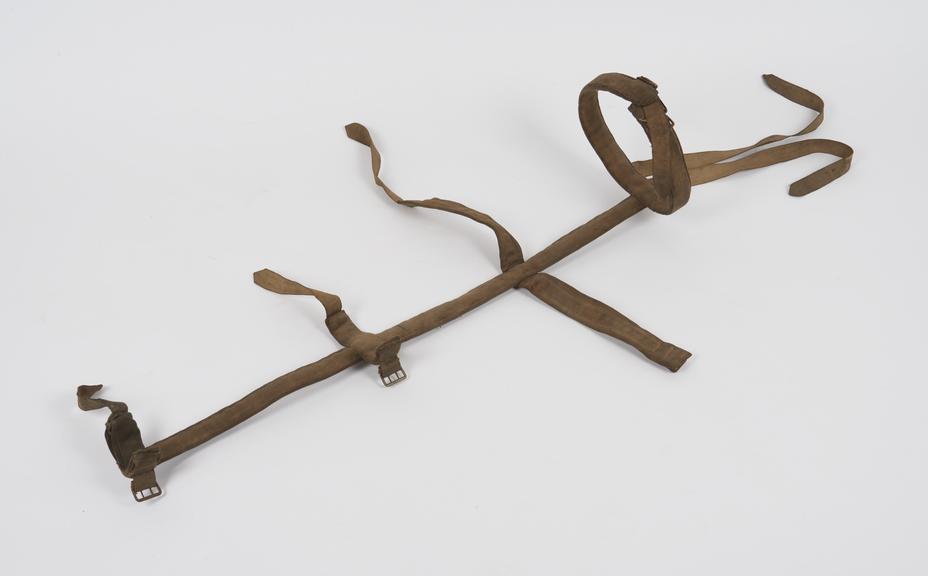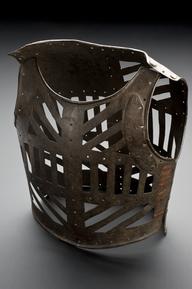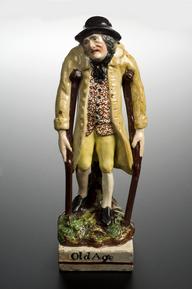





Thomas' leg splint, 1901-1920
Originally used for hip diseases, the Thomas-type splint was designed to keep the leg still if it was broken and could be used for single and multiple fractures. Invented some years before the conflict by Hugh Owen Thomas (1834–1891), a pioneering British orthopaedic surgeon, the splint was used widely during the First World War.
The splint is made from a canvas covered iron frame. Thomas-type splints were ideally used shortly after the injury had occurred and they greatly reduced the death rate from fractures.
Details
- Category:
- Orthopaedics
- Collection:
- Sir Henry Wellcome's Museum Collection
- Object Number:
- A603124
- Materials:
- frame, iron, covering (frame), cotton and straps, canvas
- Measurements:
-
overall: 834 mm x 74 mm, 84 mm,
- type:
- thomas splint




